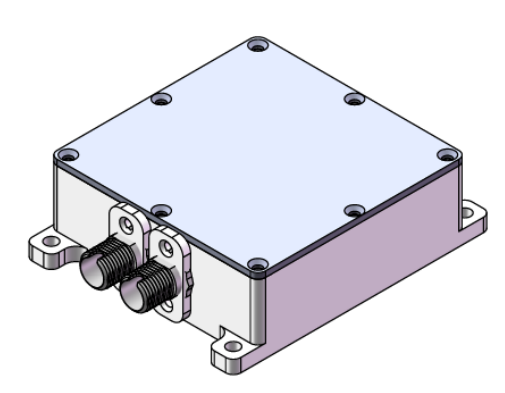1.What is Coherent Light?
Coherent light: Two beams of light with the same frequency, the same direction of vibration, and a constant phase difference. The two light sources have a stable phase difference and frequency in the transmission process, which can form a stable light intensity distribution, and then form interference fringes, which can be divided into constructive interference and destructive interference according to the phase difference.
Coherent optical communication: Coherent modulation is used at the sender and coherent detection is used at the receiver.
At the transmitter end, the signal is external modulated to the optical carrier for transmission. When the signal optical transmission reaches the receiving end, it is first coherently coupled with a vibrating light signal and then detected by a balanced receiver. Coherent optical communication can be divided into heterodyne detection and zero-error detection according to the unequal or equal frequency of the local oscillator and the signal optical frequency. The former optical signal is converted by photoelectric to obtain an intermediate frequency signal, which needs to be demodulated again before it can be converted into a baseband signal. The latter optical signal is directly converted into a baseband signal after photoelectric conversion, without secondary demodulation, but it requires that the local oscillator frequency and the signal optical frequency are strictly matched, and the phase lock of the local oscillator and the signal light is required.
2.Advantages and application scenarios of coherent optical communication
Advantages of coherent optical communications:
It can reduce the cost of optical fiber installation for long-distance transmission and simplify the optical path amplification and compensation design, so it has become a major application technology in long-distance transmission networks.
It has a variety of complex modulation methods. In traditional optical communication systems, only intensity modulation is used to modulate light. In coherent optical communication, in addition to the amplitude modulation of light, can also use PSK, DPSK, QAM and other modulation formats, which is conducive to flexible engineering applications, although this increases the complexity of the system, but compared with the traditional optical receiver only responds to the change of optical power, coherent detection can detect all the information carried by the amplitude, frequency, phase and polarization state of the light, so coherent detection is a holographic detection technology, which is not possessed by traditional optical communication technology.
It has a digital signal processing function. The demodulation process of a digital coherent receiver is completely linear; The complex amplitude information of all transmitted optical signals, including the polarization state, is saved and analyzed after detection, so that various signal compensation processes can be performed, such as chromatic dispersion compensation and polarization mode dispersion compensation. This makes the link design for long-distance transmission simpler, because traditional incoherent optical communication needs to be compensated for dispersion through optical path compensation devices. (The dispersion problem of traditional transmission links, that is, the arrival time of each component of the optical signal is different when it is transmitted in the optical fiber.)
Application scenarios: With the increase of single-channel transmission rate, more and more application scenarios in the field of modern optical communication have begun to use coherent optical transmission technology, which has sunk from the past backbone network (>1000km) to the metropolitan area (100~1000km) and even the edge access network (<100km)。 On the other hand, in the field of data communication, coherent technology has also become the mainstream solution of inter-data center interconnection (DCI) (80~120km). The usage of coherent optical links will usher in a blowout growth in the next few years, and these new applications also put forward new requirements for coherent optical transceiver systems, promoting the evolution of coherent transceiver units from the original integration mode with line cards and MSA modules to independent and standardized pluggable optical transceiver modules.
Recommend module products
-Balanced Photodetector (Click for more info)
Please contact our engineers for more information.
Contact Email: sales@optoelectrotek.com
Or leave a Online Message






